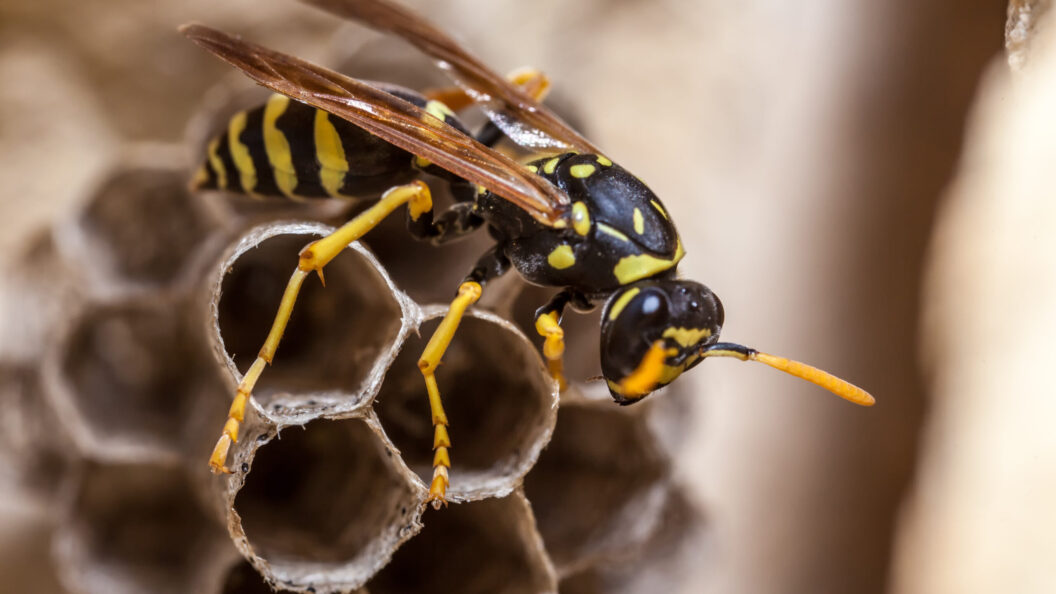Radioactive Wasp Nest Discovered at DOE Site: Growing Concerns and Expert Opinions
Introduction
Recently, the Department of Energy (DOE) reported the discovery of a radioactive wasp nest at the Savannah River Site (SRS) in South Carolina. This revelation has raised questions about the potential implications for both environmental safety and public health. The situation underscores ongoing concerns regarding legacy contamination in the region.
Radioactive Waste Overview
The SRS has a history of managing radioactive materials, having produced 165 million gallons of radioactive liquid waste, of which 34 million gallons have been evaporated. The site is equipped with 51 waste tanks, of which eight have been operationally closed, leaving 43 still in various stages of the closure process. This context is crucial for understanding the environment in which the wasp nest was found.
Missing Information and Expert Insights
While the DOE provided a report regarding the nest, critics have pointed out that crucial information is lacking. Specific data on the absolute level of radioactivity, the isotopes identified, and the type of wasps involved has not been disclosed. Notably, different species of wasps construct their nests using varying materials, such as mud or wood pulp, which could affect contamination levels.
Timothy Mousseau, a biologist from the University of South Carolina, commented on the DOE’s assertion that wasps may have used legacy contaminated materials for their nests. “There’s some legacy radioactive contamination sitting around in the mud in the bottom of the lakes,” he stated, emphasizing the environmental nuances that can complicate this issue.
Contamination Concerns
Mousseau elaborated on concerns surrounding potential contamination that might evade detection, stating, “The main concern relates to whether or not there are large areas of significant contamination that have escaped surveillance in the past.” He cautioned that this could indicate either old contamination that has resurfaced or new contamination that has emerged unexpectedly.
The DOE’s initial handling of the wasp nest involved spraying it to eliminate the insects and subsequently bagging it as radioactive waste. Notably, testing around the site found no further contamination in the ground or nearby areas, but concerns linger about the broader ecosystem.
Public Health Implications
In a statement to local news outlet the Aiken Standard, DOE officials reassured the public, asserting that the wasps themselves pose little risk to the community. They noted that the wasps are likely less contaminated and generally remain within a few hundred yards of their nests. However, the specter of radioactive materials being transported by other wildlife, such as birds, complicates the narrative.
A 2017 report revealed that radioactive bird droppings had been found on a building at the SRS site. Mousseau adds weight to this concern, explaining that birds have the capacity to carry radioactive materials over long distances, which could have wider implications for contamination.
Conclusion
The discovery of a radioactive wasp nest at the Savannah River Site has opened up discussions surrounding environmental safety and community health. While the DOE attempts to manage public concern with reassurances, the absence of key information raises questions about the true extent of contamination at the site. Experts like Mousseau remind us that vigilance is essential in monitoring potential radioactive risks, especially as ecosystems continue to interact with waste management practices from previous decades. The situation at SRS serves as a critical reminder of the enduring challenges posed by legacy contamination and the complexities of managing hazardous materials safely for future generations.









